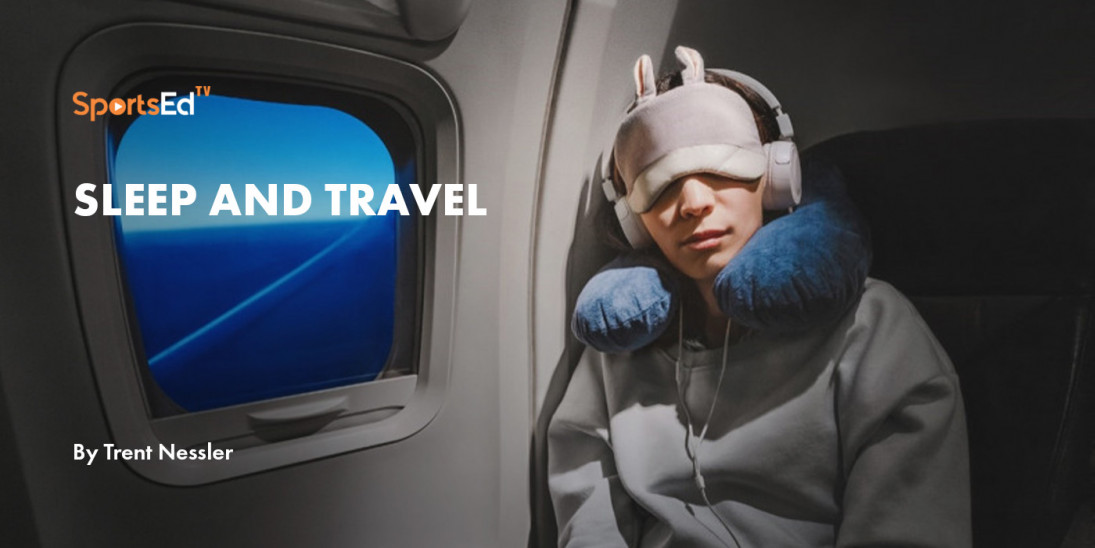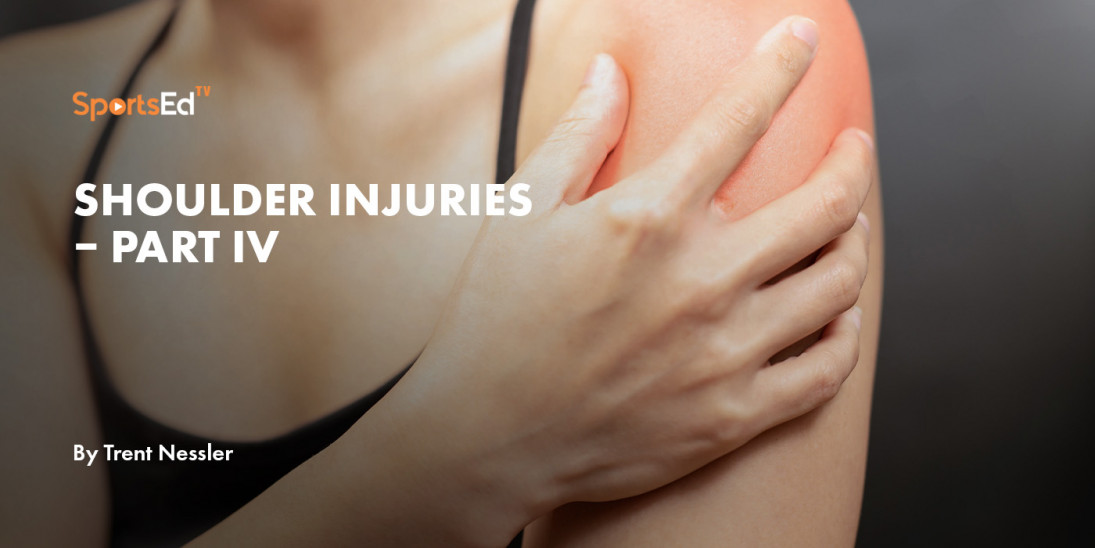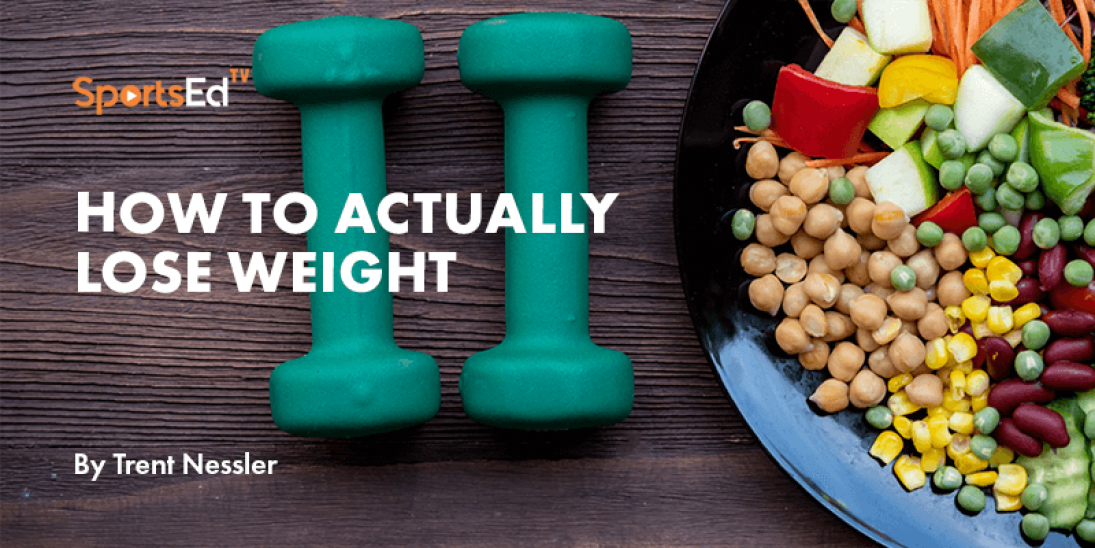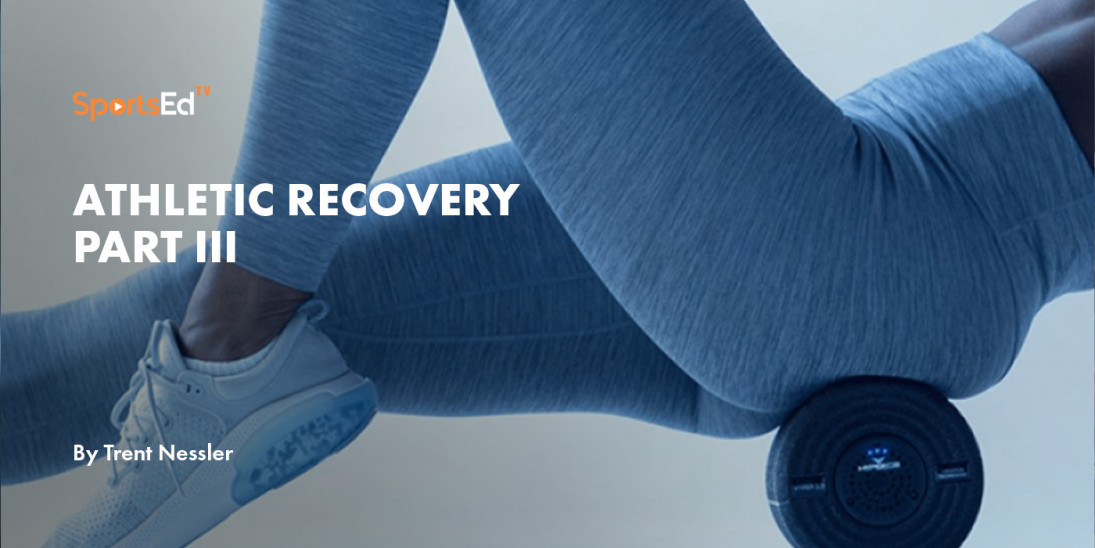Athletic Training, Health
Welcome and thanks for visiting...

Athletic Recovery Part II
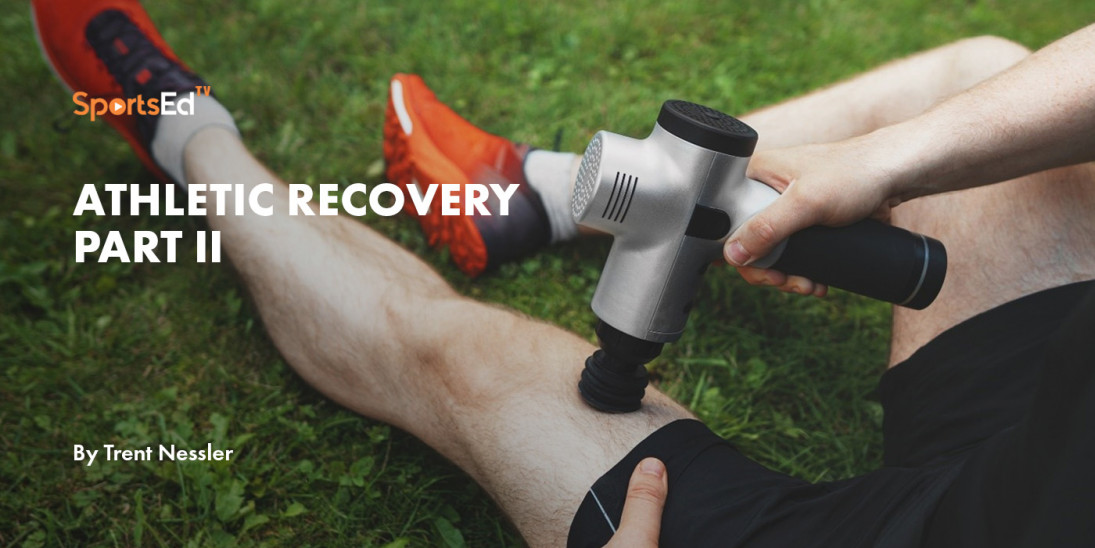
During the last article on this subject, we started our discussion by talking about the concept of recovery. Although this is a fairly new concept for most, it is something that has been talked about in sports medicine and has been utilized for over the last ten years.
Over the course of the last five years there has been a plethora of new products hitting the market designed for and touting that they promote accelerated recovery. Consumers, coaches and athletes need to view these things with caution.
Previously we spoke of vasopneumatic or compressive devices. Specifically I talked about two products that are currently being offered on the market which are commonly used in sports medicine, rehabilitation, and in recovery stations.
Another product that is commonly referred to when it comes to recovery is what is called a percussion gun. This is probably one of the most well-known devices when it comes to recovery. It seems like no matter what event you go to, what competition you attend, everywhere you look someone is using a percussion gun. This is typically a handheld device that, when held against the skin, provides percussion to that tissue at varying speeds and force. One of the first questions I always get from an athlete or a patient is whether or not these devices truly work.
For me, as a clinician, these devices have been a game changer especially when dealing with delayed onset muscle soreness, soft tissue tightness or soft tissue injuries. As a clinician the percussion gun was a device that I used with the majority of my patients.
I would often combine percussion with manual stretching or following soft tissue massage or mobilization. I would often find, especially for those with tight hamstrings and quads, that this was a device that, when used, would provide immediate results.
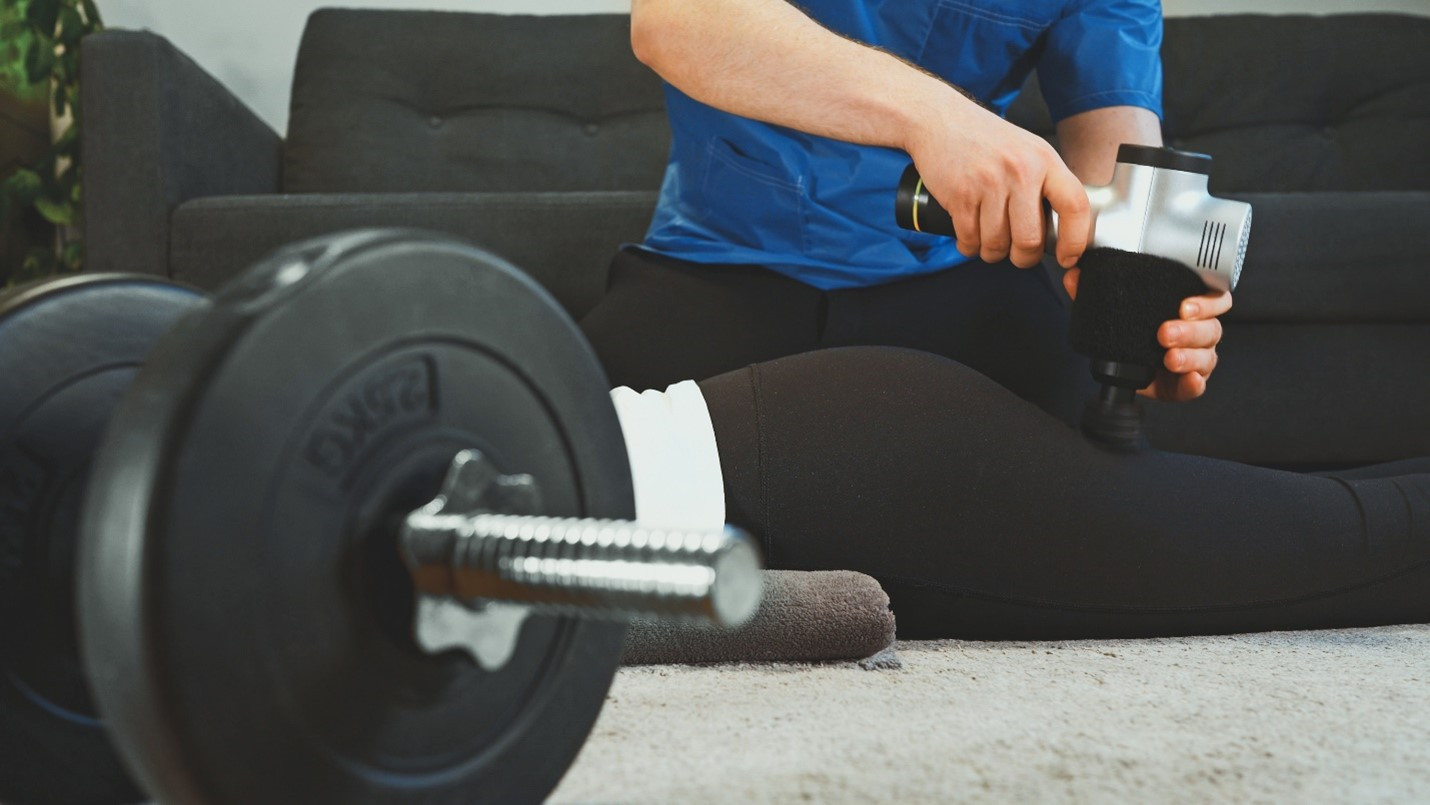
Not only would the athlete report a decrease in soreness and tightness, but you could objectively measure significant increases in range of motion following the use of a percussion gun along with manual techniques.
The mechanism by which these devices work is yet to be fully understood. Although there is a tremendous amount of research that is being performed in this area. The research does indicate that when these devices are used that you not only see a significant decrease in delayed onset muscle soreness but there is also an improvement in range of motion and a decrease in point tenderness with trigger points.
There are a variety of devices that are offered on the market. The intention of this blog is not to promote one product or another however as a consumer you should critically evaluate where you are spending your money. You should look at your recovery device no differently than you look at a good pair of running shoes.
Often we will evaluate multiple brands of running shoes define the one that is appropriate for us. As we do this what we often find is that the good running shoes, the ones that last the longest, the ones that provide the most support are also the more expensive shoes. However we're willing to make this investment because we know the consequences of buying less expensive shoes.
When considering recovery devices, you should look at this with a similar mindset. You can go with the cheapest model out there; however, the results that you get will be less than optimal. There are numerous devices offered on the market that range from $79 to $120. When my athletes ask me about devices, I always let them know that you get what you pay for.
Typically what I find with the cheaper devices is that there is less functionality, less durability and decrease comfort with use. Often the percussion rates are not the same, they're harder to use and they are less comfortable for the user. As a result the outcomes are not the same.
There is also a huge black market for percussion guns specifically. Often what you will find is it gun that looks exactly the same but which is being offered at half the price. The pricing for the same exact gun that is half of what the manufacturer offers the gun at should be your first indication that this is probably a knock off. Buyer beware.
Two of the most common percussion guns on the market are the theragun and the hypervolt. As a clinician, I tend to use the hypervolt more than I do the theragun. Part of the reason for this is that the hypervolt is much quieter, and athletes report much more comfort with the use of the hypervolt. That being said, both of these guns are very effective, and when looking to purchase, you should evaluate both of these based on what is most comfortable for you. Remember that the goal is to improve recovery which is directly related to the comfort of the percussion gun you use.
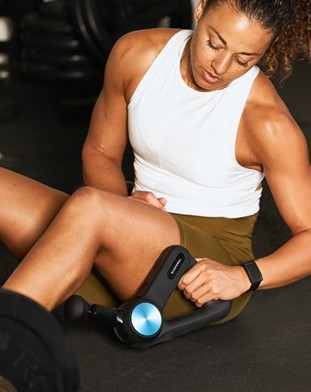
When I use percussion guns I will often combine this with additional techniques. For my athletes but I will often encourage is to follow use of the percussion gun with some stretching. Typical session would include 10 minutes with a percussion gun followed by 10 minutes of stretching. Everyone uses theirs differently. Some athletes will use them before competition and some athletes after competition.
For me, when my goal is to improve recovery, I will typically use this as a part of the post-exercise or competition routine. I also use these as a part of my regular sports rehabilitation process. For athletes who are recovering from an injury, musculoskeletal pain is often associated with other areas besides the affected area. This can be due to compensation or overuse, and I will use these devices to help alleviate that pain and discomfort as well. However you use your percussion gun, I think you will find it to be an invaluable tool in your athletic tool kit.
Read more:





